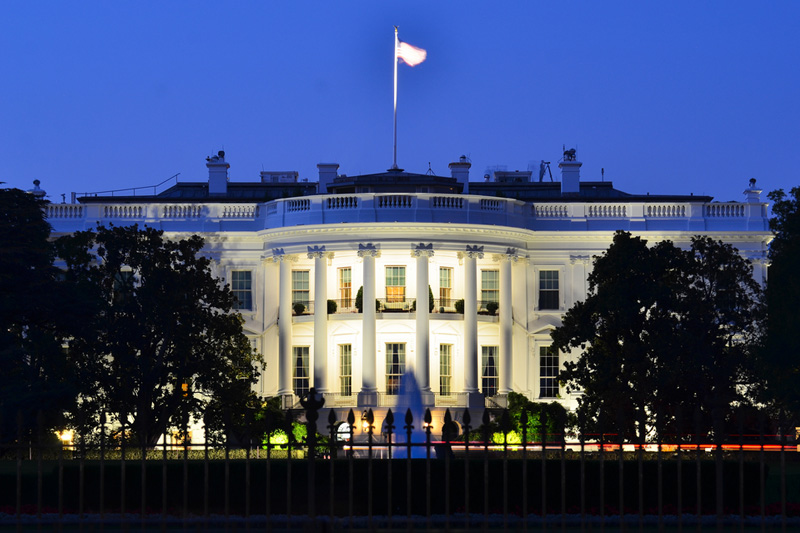(Bloomberg Opinion) -- Unless you were in a bunker last week, you know it was a good opportunity for anyone looking to whack Republicans over the tax cuts signed into law at the beginning of this year. According to a report from the Treasury Department, the government’s 2018 fiscal year budget deficit will come in at $779 billion, up 17 percent over last year. Before long, annual deficits are projected to rise above a trillion dollars.
The blame game over these numbers will continue, with President Donald Trump adding fuel to the debate over the weekend with talk of more tax cuts. As they almost always do, Democrats are crying foul over lost federal revenue and blaming Republicans for “blowing a hole in the deficit” with their massive cuts. Republicans, predictably, insist that there is no revenue problem but rather a spending problem, mainly driven by so-called “entitlement” programs.
Senate Majority Leader Mitch McConnell laid it out in a Bloomberg News interview last Tuesday:
It’s a bipartisan problem: Unwillingness to address the real drivers of the debt by doing anything to adjust [Social Security, Medicare and Medicaid] to the demographics of America in the future.
I want to make six observations about the current fight, but I want to do so in a series of short, digestible posts.
My first observation is this: There is way too much attention being paid to the budgetary effects of the tax cuts and not nearly enough attention being paid to the broader macroeconomic effects.
According to the Congressional Budget Office, the tax cuts give us a better economy from 2018-2028 for the simple reason that they boost the after-tax incomes of households and businesses. Over the next decade, CBO projects that the tax cuts will raise average annual real GDP by 0.7 percentage points, increase wages and investment spending, and lower the unemployment rate, all without causing an acceleration in inflation. This gets lost in the discussion because virtually everyone is focused on the budgetary effects.
So, yes, CBO’s budget outlook has changed, pre- and post-tax cuts, as the next two charts show. The blue line/bars show CBO’s budget outlook prior to incorporating the tax cuts into the baseline budget projections. The black line/bars show the post-tax cut outlook. For most of the forecast period, the post-tax-cut deficits are larger in both absolute terms and as a percentage of GDP.
In total, CBO projects that the cumulative increase in the deficit through 2028 due to the tax cuts will be approximately $1.9 trillion. Meanwhile, the trillion-dollar deficits that arrive by 2020 are all anyone seems to want to talk about. Sure, it’s a big number. But is it a dangerous number?
You often hear people complain that deficits are “evidence of overspending.” It’s taken as de facto proof that the government is behaving “irresponsibly” or “living beyond its means.” But economists know (or should know) better. It is inflation (not deficits) that signals overspending. And what does CBO have to say about that? The answer is shown here.
The tax cuts, which add nearly $2 trillion in fiscal stimulus, are projected to result in only a modest — and temporary — increase in inflation. There’s just no way to look at the projected path of budget deficits as evidence of overspending.
Meanwhile, the next chart shows the effect of the tax cuts on the labor market. Without the cuts, unemployment (the black line) rises to 5 percent by 2021 and remains close to that level through 2027. But with the tax cuts in place, unemployment (blue line) remains lower for longer, peaking at 4.9 percent in 2026 when the tax cuts expire.
I don’t mean to sound like a cheerleader for the tax cuts. I opposed them before they were passed, for the reasons I have already spelled out, and I would not have voted for them.
But I do think it’s important to have an honest reckoning with ourselves about the Trump tax cuts. They may not be working as advertised — that is, paying for themselves and giving the typical household a $4,000 pay raise — but they are almost certainly contributing to faster economic growth and helping to lower the unemployment rate, precisely as one would expect from fiscal stimulus.
So let’s remember that a deficit is merely evidence that the government is putting more money into the economy than it is removing via taxation. Thus, looming trillion-dollar deficits are a prediction that the government will be making trillion-dollar deposits to the broader economy beginning in 2020. Is that something to be up in arms over?
Stay tuned….
